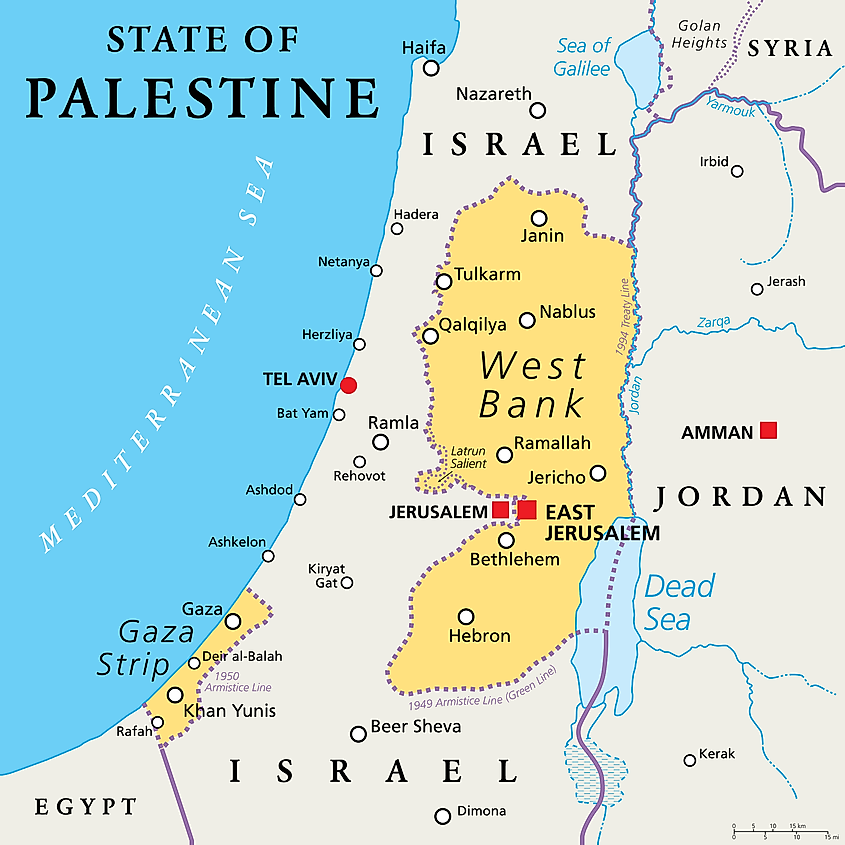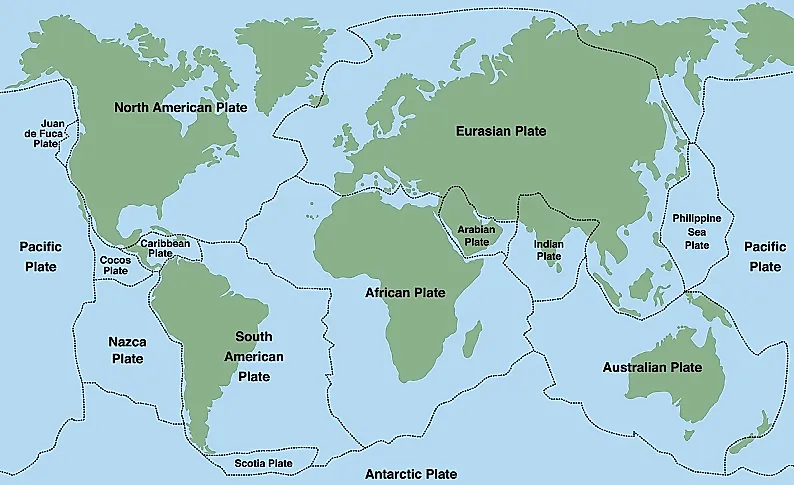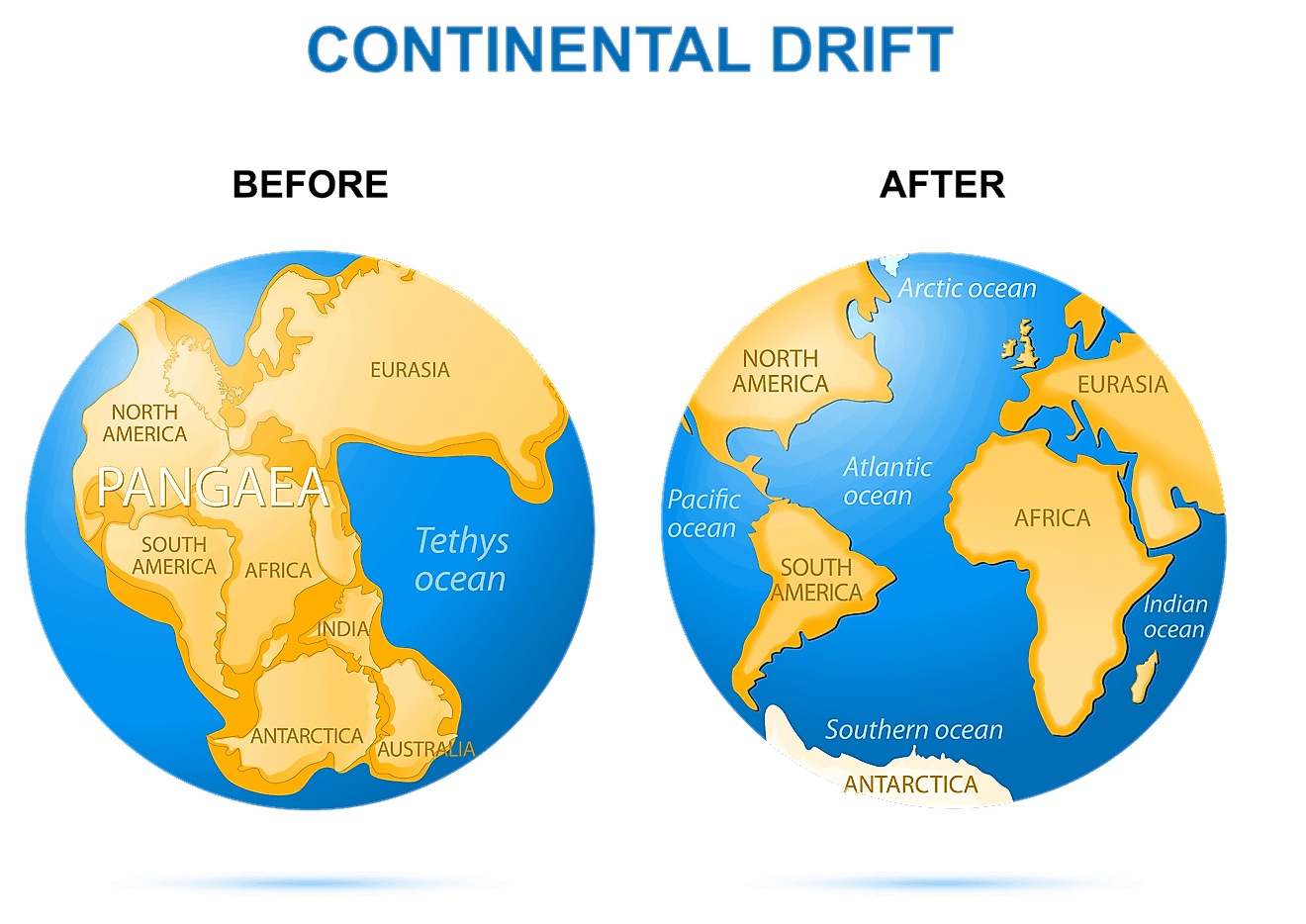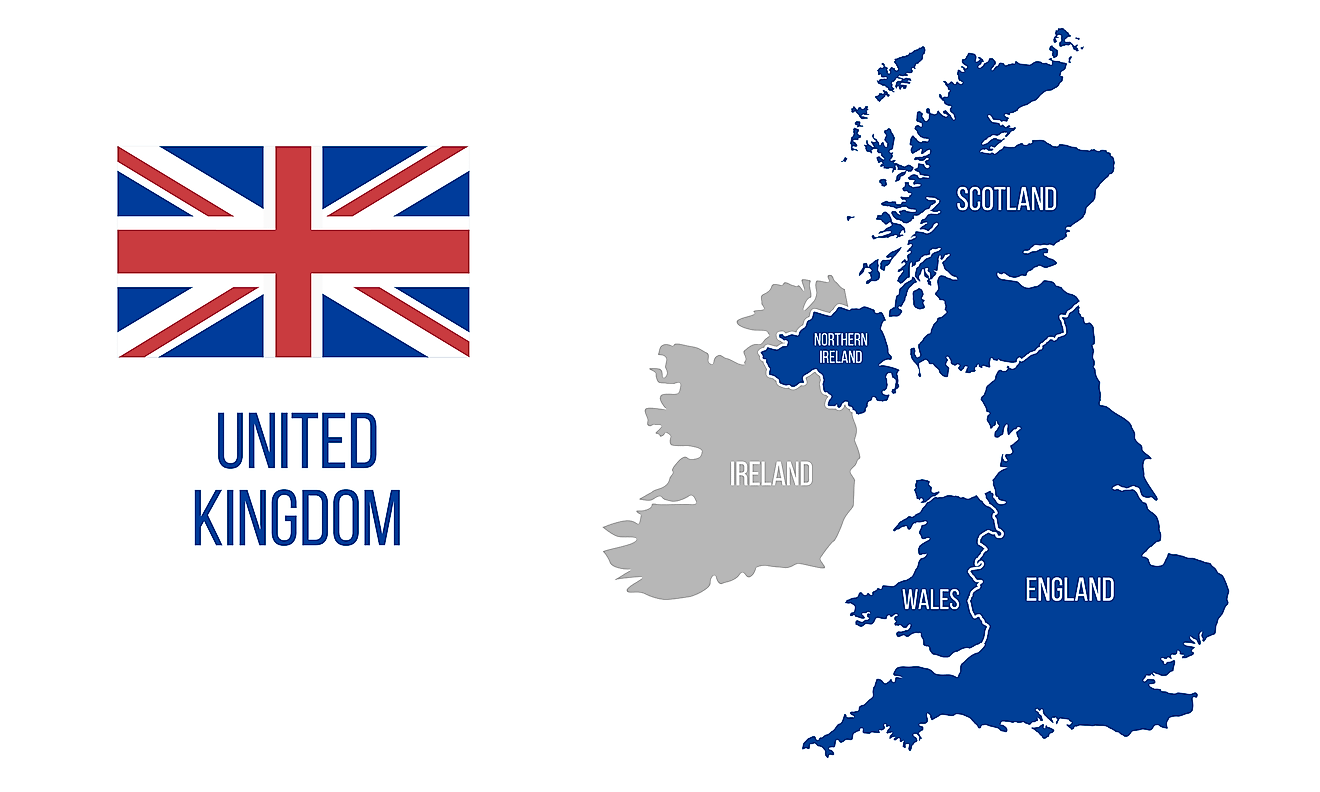
Gaza Strip
The Gaza Strip is a narrow strip of territory in the southwestern part of what used to be the British Mandate of Palestine. Today, many countries recognize it as being part of the so-called State of Palestine, but Palestine’s borders are yet to be determined, pending a resolution to the Israeli-Palestinian conflict.

Geography
It is bordered to the north by the Mediterranean Sea, to the south and east by Israel, and to the west by Egypt. The Gaza Strip was created following the first Arab-Israeli war. It is now the site of frequent conflict between Israelis and Palestinians. The Gaza Strip is 41 km long and just 10 km wide. It has a total land area of 365 sq. km. The Gaza Strip shares a 51 km border with Israel and an 11 km border with Egypt.

Demographics
The total population of the Gaza Strip is estimated to be 2.1 million, making the territory one of the most densely populated places on Earth. Well over half of Gazans are classified by the United Nations’ Relief and Works Agency (UNRWA) as refugees. These are people who fled or were expelled from what became Israel, plus their descendants. Gaza City is the largest city in the Gaza Strip. Other large cities include Khan Yunis, Jabalya, Rafah, Dayr al Balah, and Bayt Lahya.

History
The Gaza Strip was created from the aftermath of the 1948 Arab-Israeli war. After Israel declared its independence in May 1948, the armies of several Arab states invaded the former British Mandate of Palestine, hoping to destroy the nascent Jewish state. By early the next year, however, the Israelis had repelled the Arab invasion. They then negotiated armistice agreements with neighboring Arab countries, Egypt, Transjordan, and Syria. The armistice lines drawn in 1949 left Israel in control of most of the former British Mandate of Palestine. The remainder of the territory was brought under the control of Egypt and Transjordan. Transjordan controlled what became known as the West Bank, while Egypt controlled a narrow strip of land that came to be known as the Gaza Strip, named after the city of Gaza, which is the largest city in the Egyptian-occupied territory.

Although they controlled the Gaza Strip, the Egyptians did not formally annex it, nor did they give its residents Egyptian citizenship. Residents of the area were not even allowed to leave. In 1956, during the Suez Canal Crisis, Israel invaded and occupied the Gaza Strip, but withdrew following the end of the conflict. Ten years later, however, Israel launched a pre-emptive strike on Egypt and Syria, believing that the two Arab states were planning an attack on the Jewish state. This was the beginning of what came to be known as the Six-Day War. The war ended with Israel in control of the Gaza Strip, the Sinai Peninsula, the West Bank, and a strategic plateau in southern Syria known as the Golan Heights.
At first, relations between the Gazans and Israel were fairly tranquil. Gazans could cross into Israel for work and Israelis visited the Gaza Strip to take advantage of cheaper prices for goods. But in 1987, the first Palestinian uprising, known as the Intifada, took place. The Intifada was actually sparked off by an event that took place in the Gaza Strip, in the form of a traffic accident in which an Israeli truck crashed into a station wagon that was carrying Palestinian workers. Four people were killed and several others wounded. The Palestinians believed this to be a deliberate act by the Israelis, and responded with violence. The Intifada would last six years, until a breakthrough came about in attempts to negotiate a peace agreement between Israel and the Palestinians.
In 1993, Israeli and Palestinian officials concluded an agreement under which the Gaza Strip and the West Bank city of Jericho would be given limited autonomy. This arrangement was part of the Oslo Accord, which was signed in September. The Palestinian National Authority, or simply the Palestinian Authority (PA) was created to govern the aforementioned territories.
By the turn of the century, the peace process between the Israelis and Palestinians stalled. Palestinian terrorist attacks against Israeli civilians and Palestinian demands that Israel remove the communities that it had established in the West Bank and Gaza Strip brought the peace process to a near halt. In the latter part of the year 2000, tensions between the two sides boiled over, culminating in a second Intifada.

In 2005, Israel decided to unilaterally withdraw from the Gaza Strip and a portion of the northern West Bank. The Jewish state evacuated several thousand of its citizens from communities that they had established in the Strip. Some Israelis believed that this unilateral withdrawal would help the peace process, but it did not. Instead, Palestinian terrorists took advantage of the absence of Israeli forces in the Gaza Strip to launch rockets into Israel.
In 2007, fighting in the Gaza Strip broke out between the Palestinian Islamic fundamentalist group Hamas and the forces of the PA. Hamas would emerge victorious and gain control over the Gaza Strip, which they still govern to this day. In response, Israel and Egypt imposed an economic blockade on the territory, leading to a significant decline in the economic and living conditions of ordinary Gazans. In the meantime, terrorists in the Gaza Strip continued to fire rockets into Israel. They also dug vast networks of tunnels that they used to circumvent the economic blockade, smuggle weapons, and attack the Jewish state.

As a result of the continued rocket fire from the Gaza Strip into Israel, a series of wars broke out between Hamas and the Jewish state in the years 2008, 2012, 2014, and 2021. These wars have involved mass volleys of rockets launched at Israeli towns and cities, often resulting in property damage, and sometimes fatalities. Israel’s response to these attacks normally involves air strikes and limited ground operations. In the Gaza Strip, civilians suffer mightily from these conflicts, which result in massive property damage and many fatalities. This suffering is made worse by the fact that Hamas and other terrorist groups in the Gaza Strip often intentionally conduct their operations in areas heavily populated by civilians. They have even been known to use civilian structures, such as schools, as bases to hide weapons and fire rockets. Thus, when Israel targets these terrorists, the chance of inflicting civilian casualties becomes much greater.











